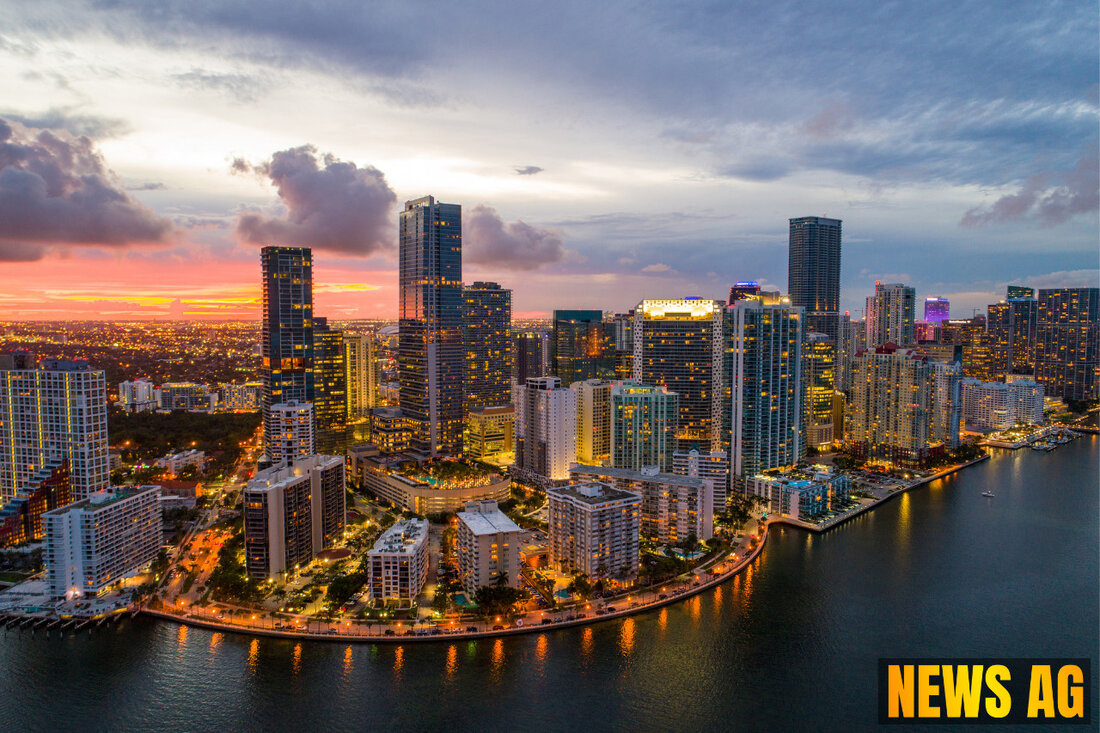Briatore's Bold Move: Including Driver Salaries in F1 Cost Cap Debate

Miami, USA - In a bold call for reform within the world of Formula 1, Flavio Briatore, the Executive Advisor of Alpine, has put forward a radical proposal to include driver salaries within the existing cost cap structure. This suggestion comes amidst rising concerns about the financial landscape of the sport, which has seen costs soar without any corresponding improvements in the quality of racing. Briatore’s initiative could signal a pivotal change in how the sport regulates finances and manages competition.
Since its introduction in 2021, the cost cap was designed to create a more level playing field among teams of varying financial capabilities. At present, the cap for 2023 sits at $140.4 million, excluding salaries for the three highest-paid team members, which positions Briatore’s suggestion as a significant shift in the economic framework of F1. Currently, driver salaries—such as the astounding $75 million earned by Max Verstappen of Red Bull—are not accounted for, with Briatore highlighting the disproportionate impact this has on team budgets, stating, „Costs have increased dramatically without improving the quality of the show“ (motorcyclesports.net).
Drivers’ Earnings and Team Budgets
Briatore has pointed out the stark contrast in earnings among F1 drivers. While top drivers command hefty salaries, some less prominent drivers, such as Isack Hadjar, Liam Lawson, and Oliver Bearman, earn considerably less—approximately $1 million each. In fact, Briatore’s own drivers reportedly earn around $10 million and $1 million respectively. This disparity raises questions about the sustainability of the sport and the overall fairness of competition.
Under Briatore’s proposal, a potential restructuring of the cost cap to incorporate driver salaries could not only redefine financial strategies within F1 teams but could also promote a healthier competitive environment among them. As the cost cap stands, teams can spend significantly varying amounts without the salaries of their drivers being factored in, creating an uneven competitive landscape that can lead to repeated victories for the financially robust teams.
A Shift in Competitive Dynamics
This recent call for change reflects a growing sentiment within the sport. Many stakeholders believe that while the cost cap has made F1 a more attractive investment, there is still a need for adjustments to ensure the viability of teams across the board. As outlined by F1 Chronicle, the regulations surrounding the cost cap aim to foster long-term sustainability and increased competitiveness among teams, which has been a long-standing challenge in previous seasons.
Briatore asserts that integrating driver salaries into the cost cap structure will enhance the quality of racing and increase fairness across the board. As it stands, teams are allowed to spend on most operational costs, but with exclusions for driver salaries and other financial commitments like marketing and travel, it has led to some teams wielding disproportionate influence in the sport. This has created a scenario where smaller teams struggle to compete against larger, well-funded teams that can absorb high salary costs more comfortably.
As discussions loom over the financial regulations in F1 leading up to the 2025 season, Briatore’s push may very well bring about necessary changes that redefine the financial strategies of the sport and ensure that the exhilarating world of Formula 1 remains both competitive and equitable.
| Details | |
|---|---|
| Ort | Miami, USA |
| Quellen | |
